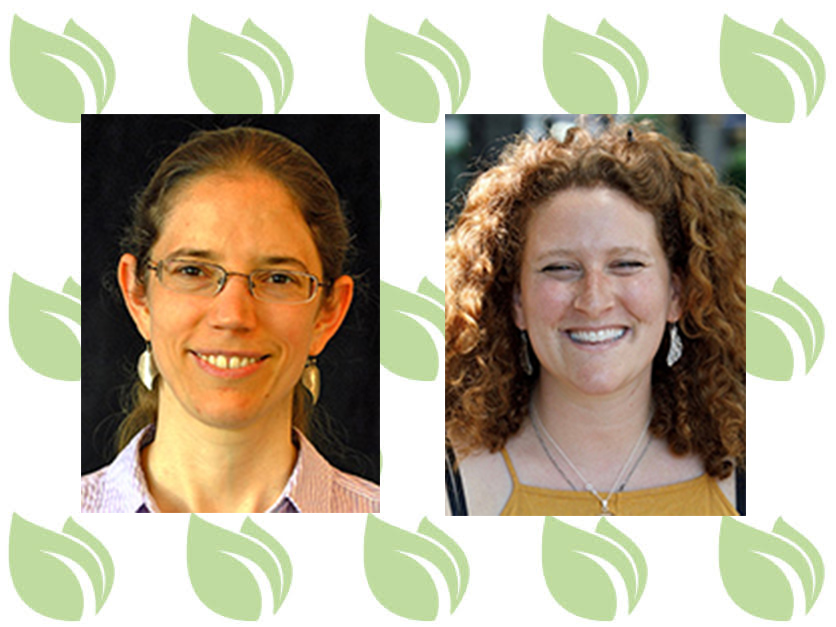The US Supreme Court’s June 30th ruling in West Virginia vs. EPA drastically limited the ability of federal agencies to reduce greenhouse gas emissions from the energy sector, calling into question whether the US will be able to meet its climate commitments. This makes immediate action on the nation’s other pathways to address climate change even more urgent. Farmers, ranchers and the lands they steward are key in the fight against climate change. The 2021 IPCC report emphasized the need to not only reduce emissions quickly, but also to draw down carbon that is already in the atmosphere in order to limit global warming to 1.5-2.0°C. Decades of scientific research demonstrate that soil health and climate smart farming practices can reduce emissions, pull carbon from the air and store it in the soil, all while improving farm profitability. The upcoming Farm Bill, and state-level policies, provide critical opportunities to support more farmers and ranchers in adopting these practices to unlock the potential of our nation’s working lands to help solve the climate crisis.
Farmers and ranchers are on the front lines of climate change. Across the country, producers are losing crops and livestock to droughts, floods, erratic temperatures, and wildfires, which threaten rural economies and our future food security. But many farmer and rancher innovators have become leaders in the fight against climate change. Soil health practices like reduced tillage, cover crops, diverse crop rotations and intensive grazing management, pull carbon out of the air and back into the soil where it supports soil function and biodiversity, and therefore the farm’s ability to withstand weather extremes and new pest pressures, leading to higher, more stable crop yields. Further, improving feed and manure management and reducing synthetic nitrogen use can cut farmers’ costs, while quickly and dramatically reducing emissions of methane and nitrous oxide, powerful greenhouse gases that make up the majority of agricultural emissions. American Farmland Trust (AFT) and other organizations are partnering with farmer innovators to scale up climate-smart agriculture and empower more farms to become resilient to, and help mitigate, climate change.
In a scenario with achievable adoption rates of cover crops and no-till in the Corn Belt and Southeast regions, increased adoption of just these two soil health practices can remove an estimated 81 MMT CO2 each year for the next ten years. That’s equivalent to the emissions of 17.5 million passenger cars per year or about 13 percent of current US agricultural emissions. Many farmers adopt soil health practices with support from Farm Bill and state soil health and water quality programs. But with nationwide cover crop adoption at only five percent 5 of US cropland acres, we must do more. Agricultural policies that will scale up adoption of diverse, regionally adapted soil health management systems by increasing available financial and technical assistance, decision support tools, crop insurance discounts, peer-to-peer networks, and non-operating landowner engagement. Agriculture’s carbon removal potential will grow further if we spur inclusion of agroforestry, renewable biomass energy and biochar to further reduce production system emissions and increase carbon draw down.
Another important way our farmers and ranchers can be a part of the climate solution is by permanently protecting more farmland and hosting smartly-sited solar arrays—to strengthen their farm operations. Between 2001 and 2016, the US lost not only 11 million acres of farmland, but also the carbon sequestration, economic and food security, water infiltration and wildlife habitat these acres provided. Farm and ranchland conservation easements—often funded through Farm Bill and state programs—along with proactive local planning, prevent these lands from being sold for development. Permanently protecting working lands also makes them more affordable to new and underserved farmers. Certainly, with climate change and the on-going housing shortage, more housing and more renewables are needed. But we need “smart growth” and smart solar: intentional, efficient development of more livable communities and solar arrays that save the land that sustains us.
Farmers can offer many climate solutions. The challenge is to scale up these efforts in time to help avoid more extreme climate change. Transitioning farms to soil health and climate-smart systems, protecting more farmland and achieving smart solar siting to help keep us in a 1.5°C world, takes time, knowledge, and money.
State and local policy presents an ongoing opportunity for everyone to advocate for farm viability, healthy soils, resilience, and climate action. Also, the upcoming 2023 Farm Bill governs most farm and food programs in this country and is reauthorized every five years. It presents an enormous opportunity to support more American farmers and ranchers in their transition to address the climate crisis at a meaningful scale and speed.
Bianca Moebius-Clune, Ph.D., is the American Farmland Trust (AFT) Climate Initiative Director. Samantha Levy is the AFT Conservation and Climate Policy Manager.
For more ag news and opinion pieces, visit www.Agri-Pulse.com.



